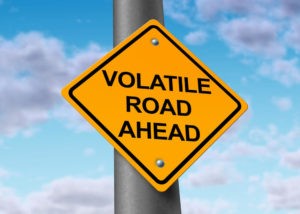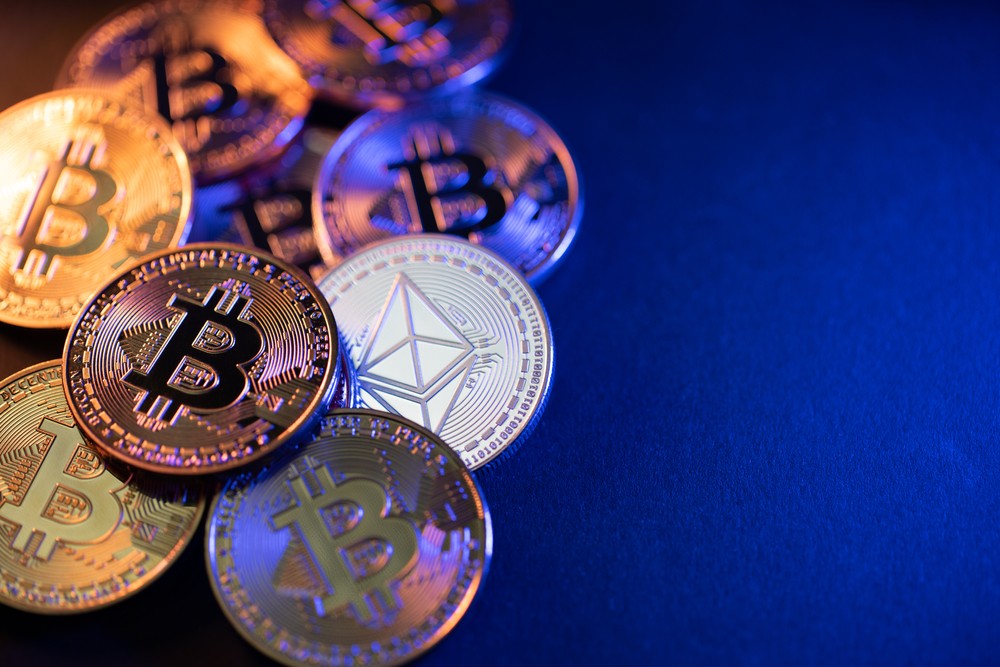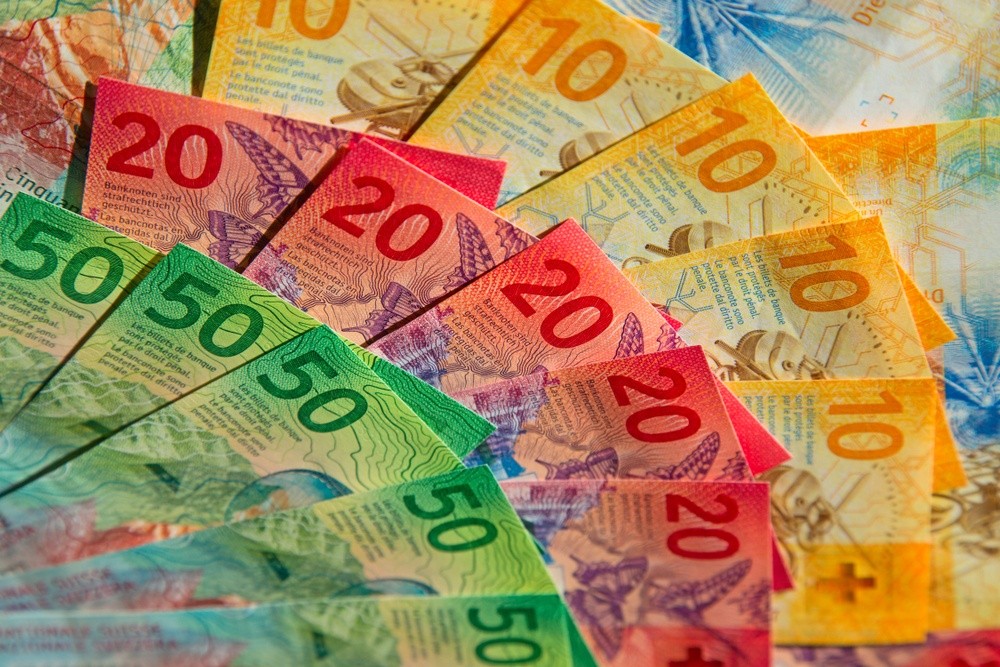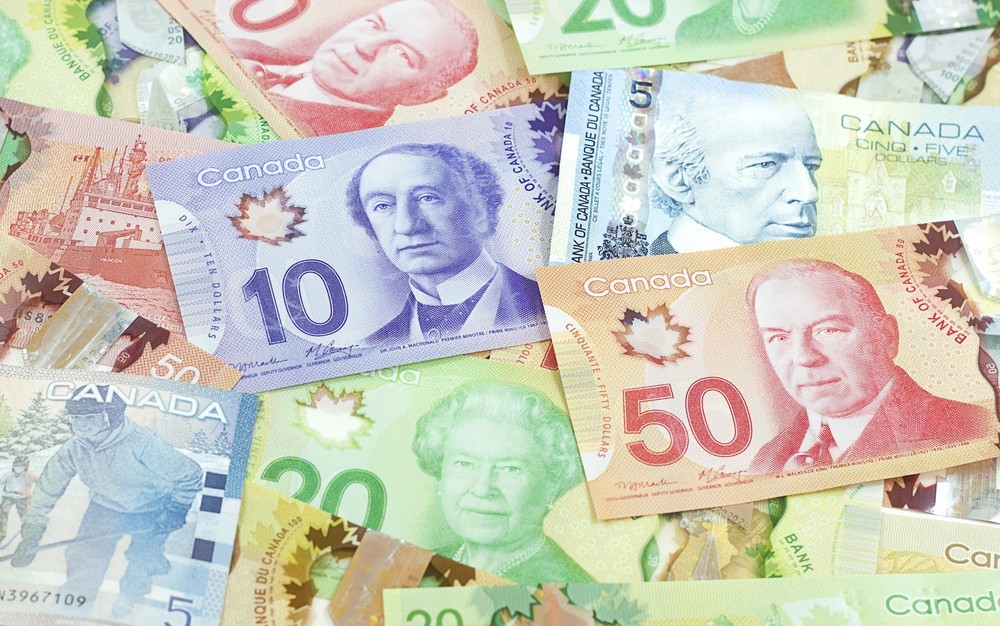Volatility comes in different forms. And a serious investor is all the smarter by knowing what these kinds are.
What is Volatility?
Volatility refers to the fluctuation of prices, whether they’re moving higher or lower. It also describes how wildly the prices swing.
Let’s talk about the different kinds.
Price Volatility
This has a lot to do with the swings in the demand and supply sides. Basically, you have to consider three factors:
- Seasonality – seasons can affect the amount of demand for a certain product or service. For instance, during the holiday seasons like Christmas and New Year, there’s a spike in demand for a broad variety of goods and services.
- Weather – this also affects price volatility a lot. For example, agricultural products’ prices depend a lot on supply. This has something to do with the weather being favorable to crops.
- Emotions – when traders worry, they worsen the fluctuation in the price of whatever they are buying.
Stock Volatility
There’s no denying that there are stocks whose prices are extremely volatile. In fact, traders and investors, in general, treat stocks as riskier than other assets.
Investors, therefore, want higher returns for higher risks. Highly volatile stocks need to grow hugely, with a dramatic increase in earnings and prices over time. If not, they must at least pay large dividends.
The Beta
The beta is what investors use to measure stock volatility. It uses a major market index as a benchmark.
If the stock’s price moves perfectly with the index, the beta will be 1.00. Higher betas are more volatile than the index, while lower betas are not as volatile.
Historical Volatility
As the name suggests, this refers to the volatility of stock during the past 12 months. If the stock price varied largely in the past year, it’s more volatile and therefore riskier. You might have to hold on to such stocks before you can sell it for a profit.
“Timing the Market”
If you study the chart, and you figure the stock is at its low point, you may get lucky and sell it when it gets high again. That’s what you call timing the market.
It’s great if you can get really lucky. Unfortunately, when it comes to a highly volatile stock, things could go much worse before they get better. And you can never know for sure because the market is unpredictable.

Implied Volatility
Implied volatility refers to the amount of volatility that options traders think the stock will attain in the future.
You can easily get a glimpse of implied volatility by looking at the variations in different futures/options prices. Other things being equal, you can say that this rises when the options prices begin to rise.
Market Volatility
Market volatility refers to the velocity of the changes in prices in the market. This includes commodities, forex, and the stock market.
Higher stock market volatility is typically a sign that a market top or a market bottom is upon the horizon. That’s due to the high amount of uncertainty.
The volatility index or VIX tracks the implied volatility of the S&P 500. It uses stock index options prices. The Chicago Board Options Exchange established it 1993, gauging investor sentiment.











COMMENTS